|
|
|


Hung Gar Kung Fu has been one of the most popular styles of Kung Fu practiced in Southern China. “Hung
Hee Goon” created the Hung Gar Kung Fu during the late 1700s by combining the techniques of the Shaolin
“Long-Hand Art” and the “Short-Hand Art” with the “Tiger And Crane” technique. Hung Gar Kung Fu is also
known as the “Tiger-Crane Style” because of the two animals that symbolizes the unique characteristics of this style.
The movements and techniques of Hung Gar Kung Fu are simple, feasible, and practical in self-defense or actual
combat. Blocks and counters have the striking power of a sledgehammer. Like the fluid and graceful crane,
firmness must be complemented by softness and softness by firmness. Hung Gar Kung Fu is known for its
powerful and solid immovable stance. Stance training is considered to be an extremely important part of this art.
Regular and proper training will enormously increase the power, strength and endurance of the legs. It will also
improve the speed and flexibility. Also, stance training focuses on great deal on internal energy that is one of
the most overlooked factors when talking about stance training.
Hung Gar Kung Fu is a complete system of Chinese Martial Arts known for its powerful no-nonsense fighting
and tremendous health benefits. Precision, accuracy, and dedication combined with long hours of disciplined
training is needed to master this art. Each form teaches different key principles and skills, trains the student
physically, mentally and spiritually. Every move in these forms serves a purpose and has a meaning. The more
one practice and deeper one looks, the more one will unfold and understand.
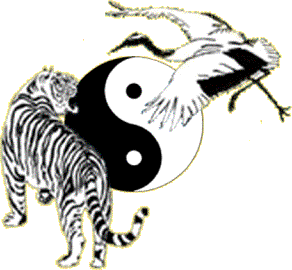
Gung Gee Fook Fu Kuen
This is the oldest form of Hung Gar Kung Fu. It is believed that “Hung Hei Goon” developed this form after his
years of hard and intensive training under the legendary “Abbot Gee Sin” of the Shaolin Temple in Fukien
province. Traditionally it is the first set taught in Hung Gar Kung Fu. It is one of the most important and longest
forms of Hung Gar Kung Fu. Gung Gee Fook Fu Kuen, also known as Taming The Tiger, sets the foundation of
Hung Gar Kung Fu and the correct way to regulate and control breathing. It continuously develops and tests
ones character, determination, patience and will power.
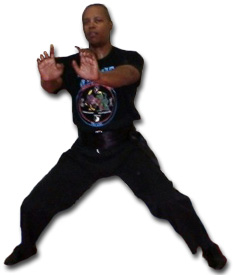
Lau Gar Fist
Lau Gar Fist is one of the original empty hand forms of Lau Gar style of Kung Fu. Lau Gar is one of the five major
family styles of Kung Fu from Southern China. “Lau Sam Ngar” is credited as the founder of this form. It is an
excellent training form for beginners using the phoenix eye punch, uppercut fists and finger strikes. Various tiger
claws and explosive front kicks in a solid and stable stances with quick changes are also taught in this form.
Lau Gar Fist is performed in a square pattern and is referred as the most polite form in Hung Gar Kung Fu due to
the three salutations in the beginning section of the form.
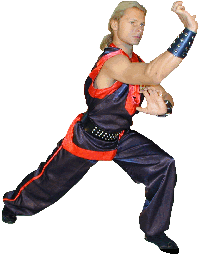
Heart Penetrating Palm
Heart Penetrating Palm is considered a minor empty hand form in Hung Gar Kung Fu. It is a short and simple but
very practical form. Most of the techniques in this form are very basic. Essentials like punching, kicking,
blocking, evading and advancing footwork are trained to the student of Hung Gar Kung Fu in this form.
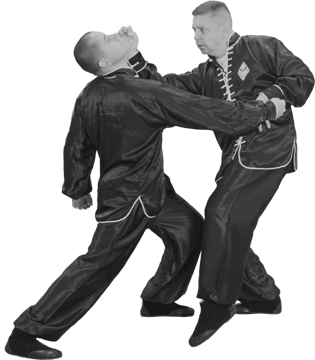
Butterfly Palm
This form is known for its rapid attacks, high kicks and aerial kicks. It also develops ground-rolling technique
above and beyond the rest of the Hung Gar system. “Siu Ying” added this Hung Gar form. It is considered the
softest set in Hung Gar Kung Fu and is performed in a straight line. It has a northern style Kung Fu
characteristic such as showy, fluid techniques. Although it contains a wide variety of techniques such as
beautiful kicks and a small amount of ground fighting, it is still relatively short when compared with other forms
of Hung Gar Kung Fu.
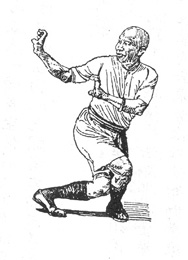
Tiger And Crane Form
Tiger And Crane Form, also known as Fu Hok Seung Ying Kuen, is the most famous form of Hung Gar Kung Fu.
It is said that Hung Hei Goon who combined the soft and fluid techniques of the crane he learned from his wife
with the straightforward and powerful tiger movements of Shaolin Temple created the form. This form was later
modified by one of the great masters of Hung Gar Kung Fu and a well-known Chinese Folk Hero, “Wong Fei
Hung”. Tiger And Crane Form combines the fierce, powerful movements of the tiger that emphasize hard power
with the fluid, evasive movements of the crane that requires soft power.
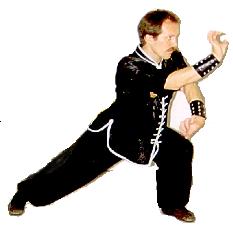
Five Animals Form
Five Animals Form, also known as Ng Yin Kuen, teaches the techniques of the five animals. The Dragon form
develops the spirit, the correctness of breath, and the use of the waist and the twisting of the stance. The Tiger
form instills fierceness of spirit, develops clawing techniques and strengthens the bones and tendons. The Crane
form teaches the grace, control and trains the sinews. The Snake form trains the fingers, promotes chi circulation,
control and teaches strikes to the vital points of the body. The Leopard form teaches the piercing jab and the
use of speed and strength. “Luk Ah Choy”, “Wong Tai” and “Wong Kai Ying” developed the Five Animals Form.
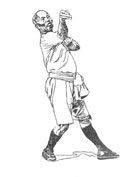
Five Animals & Five Elements
This form was developed and added to the Hung Gar Kung Fu by Wong Kai Ying towards the end of the 1800s.
It is also known as the Ten Pattern Fist. The five animals are the dragon, tiger, crane, snake, and leopard. The
five elements are gold, wood, water, fire, and earth. Each one of these animals and elements with their own
unique characteristics, philosophy and movements trains and teaches many important key concepts of the
style. The five animals found in this form acts and trains the same techniques as the Five Animals Form.
The gold element involves strong and heavy hand forearm movements where the whole arm is used as one
powerful unit to destroy any on coming attacks with strong and heavy blows. The wood element involves
short-medium range movements to simultaneously block and strike. The water element involves long, swimming
movements of the arms that are powerful and destructive. The fire element is characterized by lightning-fast and
rapid straight punches. The fifth and the last element earth is characterized by externally strong attacks coming
from ground up.
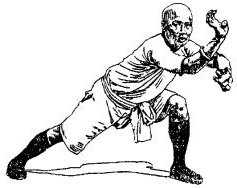
Hung Gar Kung Fu training is quite demanding and requires a great deal of dedication, patience and above all
hard work. In order to learn, understand and become truly proficient in this powerful art, one must be prepared to
go through extremely rigorous training. However Hung Gar Kung Fu offers tremendous benefits as it teaches the
student to be courteous, dependable, and good character for leading a full and complete life. It also instills
confidence in the students, making them proud of themselves and assured of their abilities to face danger.
